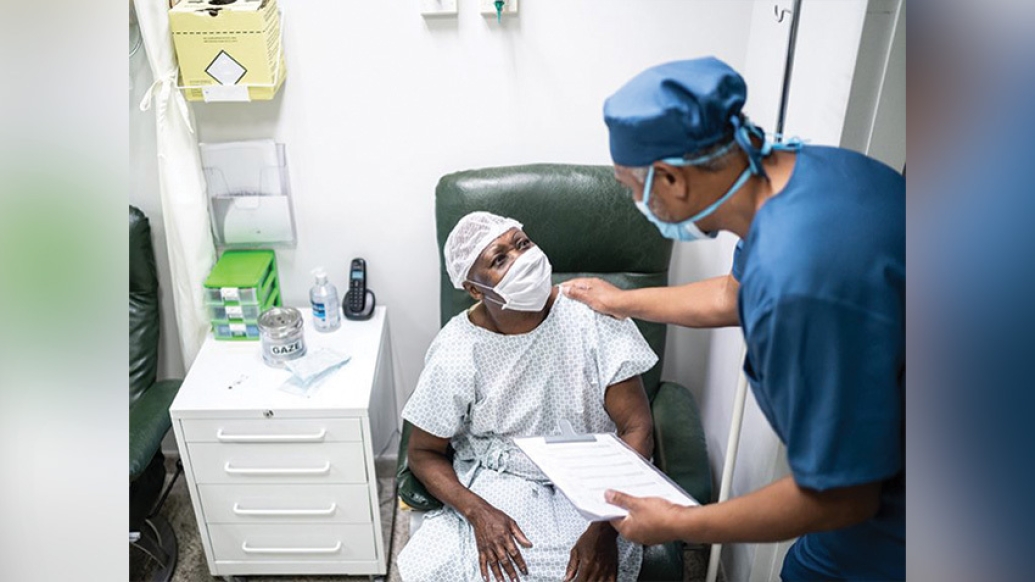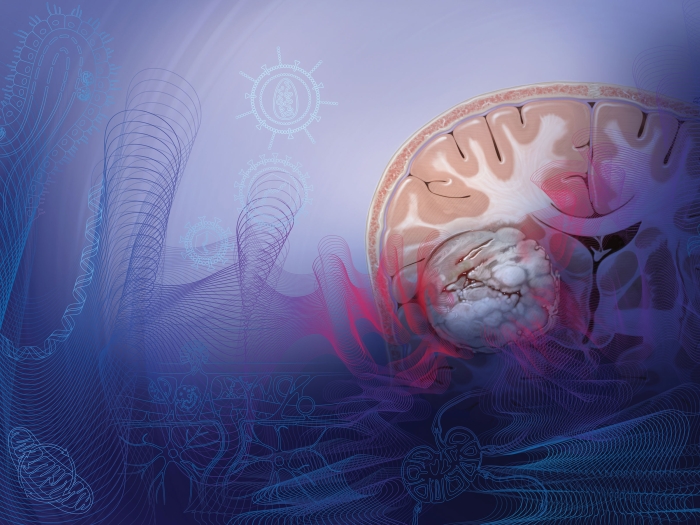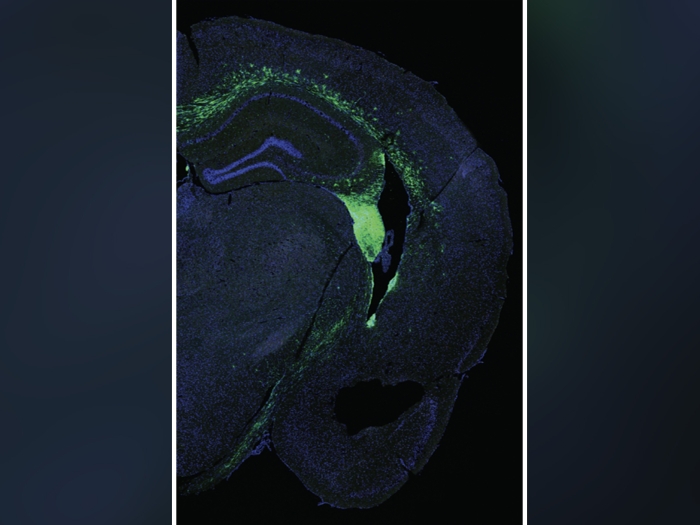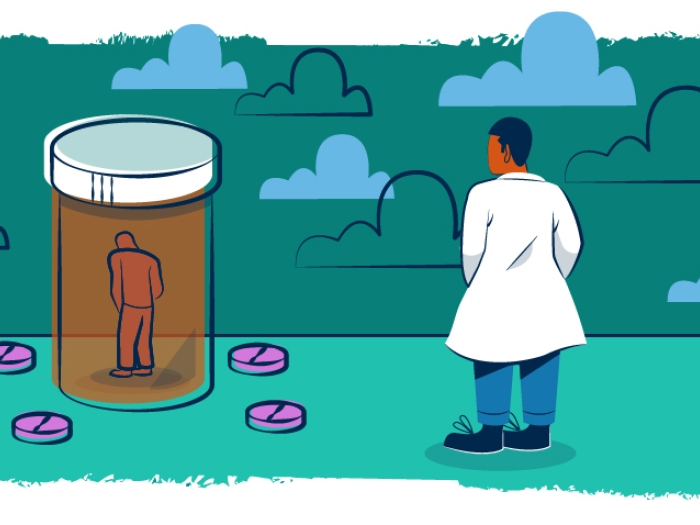Black patients were 40% more likely than white patients to report uncontrolled pain scores. New hospital-based pilot programs aim to change that.
5:00 AM
Author |

Recent data and studies, especially during the pandemic, have shed light on racial disparities that exist within health care. These trends prompted a closer from experts about data related to inpatient pain management, revealing apparent disparities at Michigan Medicine.
Michigan Medicine's Rewrite the Script group, established in response to the growing opioid crisis, has been studying opioid prescribing and utilization and making significant recommendations in practice to reduce opioid addiction. The team studied data to discover if there were disparities in the experience of pain for different groups of hospitalized patients.
They found that despite equal access to pain management care — such as consult from service with expertise in managing pain, opioid therapy and time to first pain score taken — Black patients were 40% more likely than white patients to report uncontrolled pain scores.
"We are looking closely at many possible contributing factors within the inpatient setting, but also need to acknowledge that much of the disparity may be occurring before patients enter the hospital," said Paul Hilliard, the Rewrite the Script lead and associate professor of anesthesiology at the U-M Medical School. "Patients with chronic pain already suffer from stigma. Pain is both a sensory and emotional experience, and this can become an even deeper challenge for those who may experience societal racism or other issues such as food insecurity or a lack of transportation."
To meet the challenge, the leadership teams, alongside the Rewrite the Script group, launched an initiative to build a more equitable pain management program across the adult hospitals called the the Pain Management Initiative.
Two pilot programs, launched within the adult hospitals of U-M during the first half of 2022, use enhanced pain management tools or modalities for all patients to reduce those disparities. The tools included a personalized pain profile and a functional pain assessment.
"Our goals within this initiative are to increase awareness about the disparities in the data and gain a better understanding of what we can do to address them," said Linda Larin, FACHE, M.B.A., the chief operating officer of Michigan Medicine's University Hospital and Frankel Cardiovascular Center. "The care teams involved in the pilot programs will provide valuable insights for changes needed to ensure effective pain management for all patients."
"It's hard to say what tools will have the biggest impact because we are still trying to understand what factors are contributing to this disparity," Hilliard said. "At the end of the day, one of the most impactful interventions will likely be communication — sharing the data with clinical teams and enabling an open dialogue about the disparity and what might be contributing to it.
"All patients have unique life experiences and cultural backgrounds which can impact how they relate to health care providers and how we, as providers, relate to them — particularly when working with very personal, and often invisible, chronic pain," Hilliard added. "Some patients may carry the added burden of psychosocial stressors that can amplify a painful experience while others minimize their pain. Attempting to better understand these individual factors will inform our approach to pain management and result in a better experience for patients who are at risk of poorly controlled pain."
Searching for systemwide solutions
While the pilot programs will be very localized, with an emphasis on personalized care, the objective of the program is to find organization-wide, system solutions.
Once the program results are analyzed and improvements are implemented at the adult hospitals, the next steps for the team will be to consider how tools and methods can be shared across more units and patient populations. The team is also considering how expanded non-pharmacologic options, such as massage and acupuncture, could assist in the future.
"Our ultimate goal is to ensure we are providing equal and individualized pain management, and to optimize pain control for all patients during their hospitalization," said Hilliard. "A first step is understanding that disparity exists and educating all of us about the systemic issues at play. We need to recognize that we serve patients who are vulnerable to uncontrolled pain for a variety of reasons, and how our own biases can impact their experience."
In addition to this initiative, the Rewrite the Script team continues to develop and introduce a variety of resources to support patient pain management and substance abuse treatment across U-M.
This piece was additionally reviewed by Ridhima Kodali.

Explore a variety of healthcare news & stories by visiting the Health Lab home page for more articles.

Department of Communication at Michigan Medicine
Want top health & research news weekly? Sign up for Health Lab’s newsletters today!





